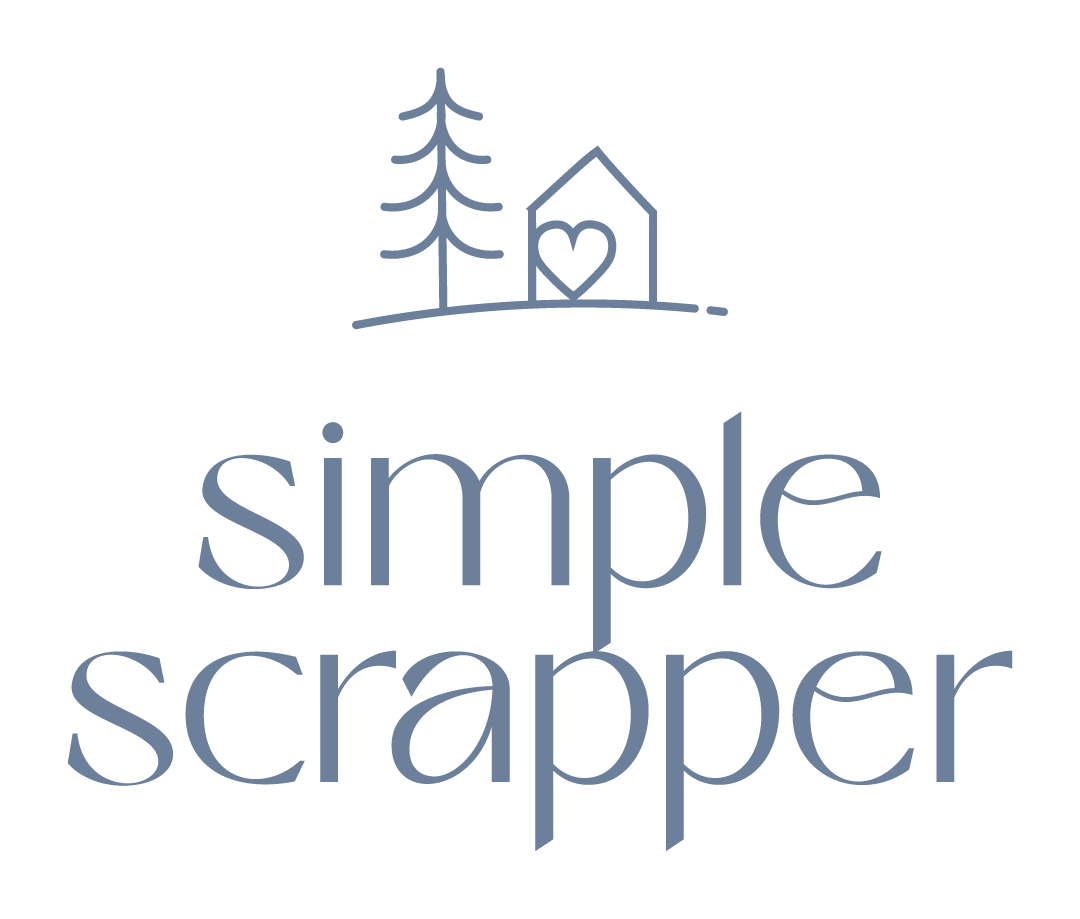Getting into a journaling rut can happen entirely too easily.
If you find yourself saying the same things over and over on your layouts, it’s time to take a different approach. In most cases, it’s a matter of focus. If you’ve grown accustomed to focusing on the same things in all your stories, what you need is a way to refocus and freshen up your writing. The following steps can help.
Examine your photos. Pull out a handful of photos from your album or from one of the folders on your computer. Before you start writing, take a few minutes to look at them. Really look at them. Pay attention to details, from the setting to the expressions on your subject’s face. Think back to when they were taken and try to immerse yourself in that moment again.

Make a list. Pick one (or a series of related photos, if they are all from one event), and use it to complete the above graphic. I normally just list all of this information on a sheet of paper (or, if I’m at my computer, on a blank Word document or in Notepad); feel free to experiment and find what works best for you.
- I start with the obvious things: what’s going on in the photo? I answer who, what, where, when, and why. (You can add How? if it is applicable). Try to be specific — include the date, the time, the season — all those little details. Include dialogue and reflections. You never know what bit of information might spark the perfect story.
- Next, I move out a bit; my observations start to get a little broader. I’ll focus on as many sensory details from that moment as I can remember — what did things taste like? smell like? sound like? I also include any details about information and events in the background of the photo. I’ll also include any common characteristics of my subject at the time (mannerisms, habits, favorite activities, etc) or other events related to those in the photo.
- Here’s where the circle really widens. At the third stage, I include anything that I can about what you don’t see in the photo — what happened just before and just after? What’s going on in the background that’s conveniently cropped out? What details about the day in general don’t show up in the frame? What memories are sparked by objects behind your subject? Also, what kinds of memories or other associations come to mind when you look at that photo? Are you reminded of a similar experience or another person? Does a certain song or smell or emotion come to mind? Write them all down as well. Ultimately, you should end up a great list of potential journaling topics.
Let your heart decide. Read back through the list and choose the topic that speaks to you, that you feel most strongly about. It may sound cliché, but after several years of teaching writing, I’ve learning that my students’ best stories are the ones they care most about.
Once you get used to looking beyond the basics of your photographs, you’ll find lots of great ways to pair your photos + your words. As you grow more comfortable with the process, you’ll find yourself automatically making these connections, leaving you at a loss for words no longer.
Aud Neal blogs near-daily at Be Audacious, sharing her personal stories and scrapping adventures. She uses this bullseye technique in her own journaling.


Awesome post! Journaling for me is the most important part of a layout, but also the most difficult. This really helps a lot. 🙂
I agree with Jen: terrific post. Saving it to my hard drive.
Wonderful ideas… so many struggle with journaling. Every little tool helps… thanks for sharing!!! 🙂
Thank you so much for posting this! I’ve always been a stickler for journaling on my pages, but this has really brought new perspective to my journaling & really given it more depth. 🙂